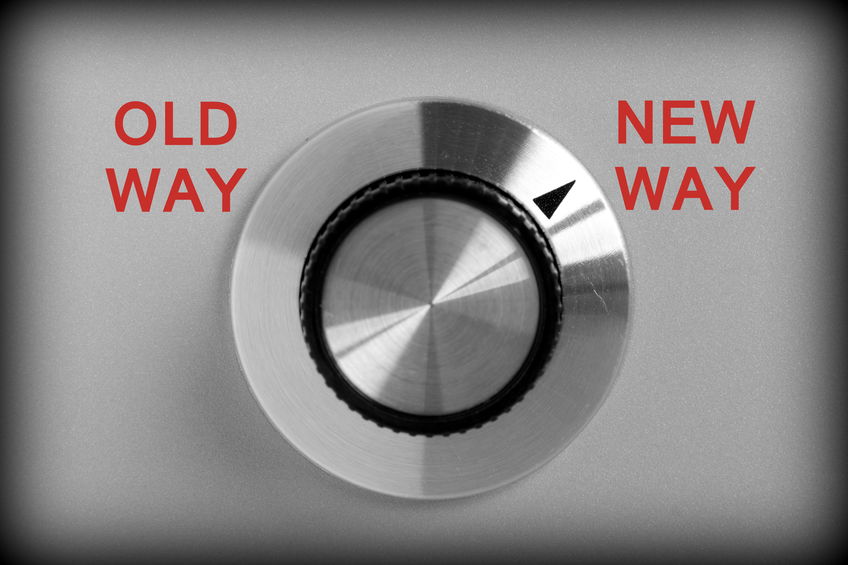
For much of the United States, the stay-at-home order is expected to be lifted next week. While the re-opening will look different depending on individual states, governments and the private sector, companies and individuals are still trying to understand exactly what this change will mean. But, one thing we can agree on is there will be confusion, challenges and conversations.
Creating a Plan
Even with the curve flattening in terms of infection, the effect of COVID-19 is nowhere near over. In this context, it is important for private and public sector leaders to continue to stay on top of new information and potential consequences of their actions as we navigate the transition.
First and foremost is the need to maintain engagement and consistent, authentic conversations with clients, prospects, employees and stakeholders. As we’ve learned, stay at home doesn’t mean stay out of touch. To ensure you know where to start and how to transition in unchartered territory, enter into a discovery phase by asking the following questions of yourself, current clients, employees, executives and stakeholders. Then pool the answers to develop the best possible plan for putting your organization back to work.
Engage Through Conversations

- What internal changes are necessary? You may be chomping at the bit to focus on your clients and revenue-generating projects. However, a review of internal operations is a better first step. Ensure your employees are transitioning well and have the tools and resources they need to get back to work. In some cases, personnel changes or restructuring may be necessary. Practice understanding and consider new strategies when necessary.
- What do your clients need right now? No matter how certain you were of your clients’ needs before the crisis, the fact is, everything has changed. It’s important to be proactive in understanding their new challenges, new needs and new goals. This may mean revising or developing internal systems, re-focusing revenue generation initiatives or reassessing budgets. Be sensitive and sincere about discovering your customers’ situations. Undoubtedly, they will have new priorities and challenges, so be proactive in understanding and meeting those needs.
- How has your target market changed? It’s possible that your target market segments and industries have changed. Some marketplaces were harder hit than others by the crisis or have been affected in different ways. This may require you to develop new solutions or provide additional support. For example, a large number of distilleries began manufacturing hand sanitizer to keep up with demand. Will these changes in focus continue? Will they transition back? Some target markets that were your main priority in the past may have new budget considerations. Some may lack demand and are reassessing. Be open to new avenues and stay flexible.
- How has the competition changed? No matter the environment, it’s always a good idea to consider what your competition is doing. You can glean new ideas, better understand the marketplace and determine ways to define and express your corporate differential. When so much is changing, networking within your industry can help you to stay on top of new trends, industry changes and new regulations, and form a connected support system.
- Which changes will become the “new normal?” Within the COVID-19 crisis environment, the stay-at-home order changed daily life for nearly everyone across the globe. While it has been a tragic and anxiety-filled time, there have been some changes that many view as improvements. Increased hygiene and new prioritization for health care will have major effects on society, business and upcoming policies. Our online connectivity increased tenfold with remote workplaces, distance learning and a large portion of business functions transitioning to virtual options. While many will be happy to return to the workplace and classrooms, we’ve discovered some of the benefits of remote work and education. These include reduced emissions, work flexibility and lower costs for companies and schools. Delivery systems made getting groceries, essentials, prescriptions and meals from local restaurants a daily reality while trying to stay put. While these systems existed before the crisis, we will see a major increase in the population who continues to utilize these resources.
Transition Requires a Flexible Strategy

You’re likely already reading many articles about projections and theories for the coming months and years following the pandemic environment. Continue to research and assess updated news and forecasts. As much as we aim to prepare ourselves, a strategy that includes flexibility is key. Understand that budgets are being rewritten or put on hold. Job security may be questioned. Competitors and supply-chain partners may disappear. On the other hand, pent-up demand and shifts in the marketplace may lead to new opportunities. Lead and communicate with empathy. And perhaps most importantly, keep authentic conversations going for the best understanding of needs, challenges and united growth.
